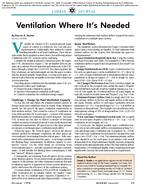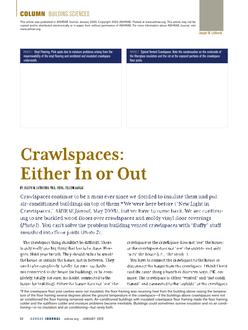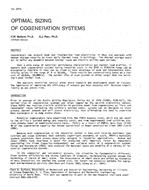Corridor pressurization based ventilation systems are pervasively used to ventilate mid- to high-rise multi-unit residential buildings in NorthAmerica. This paper provides a summary of a study evaluating the performance of these systems based on an experimental program conducted ata case study building which has undergone an energy efficient building enclosure retrofit. In particular, the efficiency and effectiveness of thesesystems at providing ventilation air to the zones of the building will be assessed, along with the interaction between the ventilation system and theexterior environment.
The experimental program carried out at the case study building includes measurement of airflow rates provided by the make-up air unit,measurement of flow rates between zones of the building using perfluorocarbon tracer methods, and long-term monitoring of pressure differences.Exterior conditions including wind speed and direction, temperature, and relative humidity were monitored using a weather station installed on theroof of the building to allow for evaluation of the interaction between the building and the exterior environment. Pressure equalized airtightnesstesting was also performed on a sample of suites to measure the airtightness provided by both the exterior enclosure and interiorcompartmentalizing elements. The results of this extensive experimental program are presented and conclusions are drawn with regards to theinteraction of the driving forces of airflow (wind, stack effect, and mechanical ventilation systems) with the physical building to create airflowpatterns in mid- to high-rise multi-unit residential buildings. The performance of the corridor pressurization ventilation system is specificallyevaluated including discussion of its limited potential for use moving forward due to generally poor measured performance and increasing energyefficiency and indoor air quality expectations.
Overall, this study works to improve the understanding of corridor pressurization based ventilation system performance as well as the generalunderstanding of airflow patterns in mid- to high-rise multi-unit residential buildings. This knowledge can then be applied to the design ofimproved ventilation systems and compartmentalization strategies for these buildings. Effort is made to extend the conclusions of the study tomeaningful recommendations for industry.
Citation: ASHRAE Papers CD: 2014 ASHRAE Annual Conference, Seattle, WA
Product Details
- Published:
- 2014
- Number of Pages:
- 8
- File Size:
- 1 file , 710 KB
- Product Code(s):
- D-SE-14-C062


